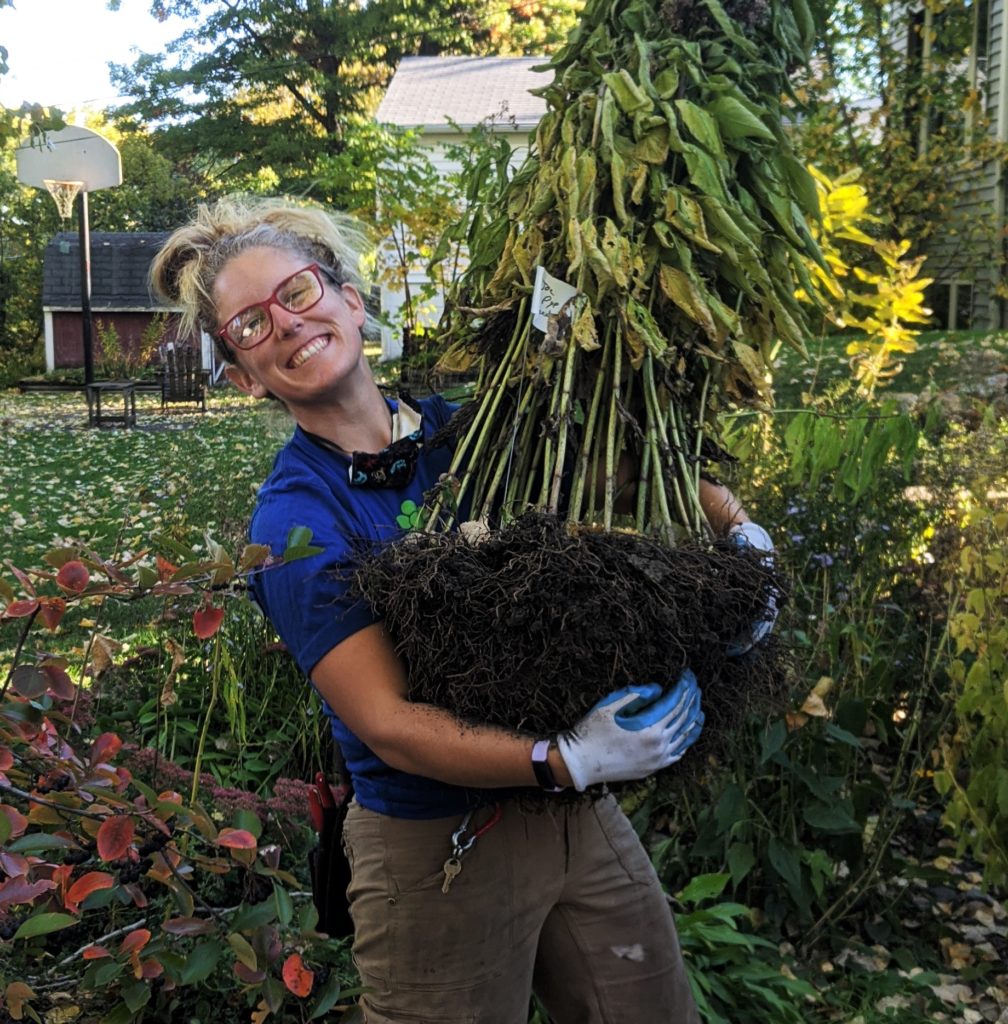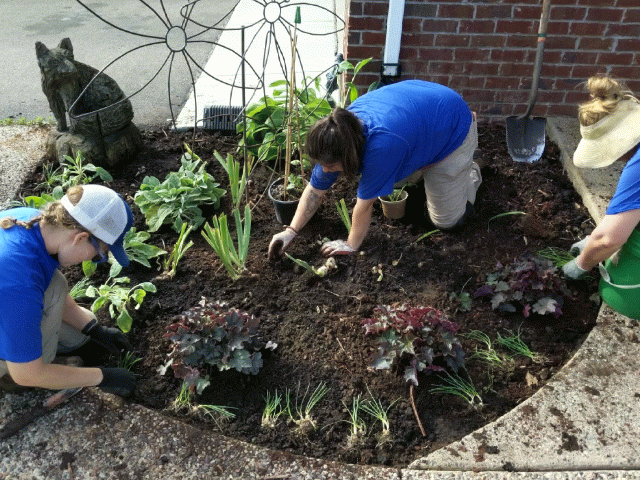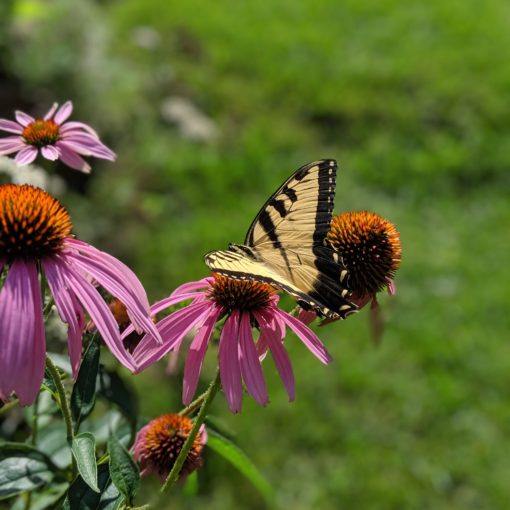Timely Tasks: Splitting Perennials
An ideal garden has a variety of plants in it to create a myriad of textures, forms, and sizes to provide season-long interest and beauty. All these varieties of plants need some amount of maintenance to keep them looking good and thriving. Shrubs and trees need pruning, but what about perennial plants?
Perennial plants are a great choice for the garden, as they come back year after year, providing beautiful flowers and foliage for your landscape. However, over time, many perennial plants will become overcrowded and may need to be divided in order to continue growing and thriving. In this blog post, we'll take a look at why and how to split perennials in the garden.

Why divide?
There are several reasons why you might need to or want to divide your perennials. One reason is simply to give the plants more room to grow. As perennials grow and expand over the years, they can become overcrowded, with the roots and crowns of the plants competing for space. This can lead to weaker, less vigorous plants. By dividing your perennials, you can give each plant its own space to grow, which can help to improve their health and vigor.
Another reason to divide perennials is to propagate them and create new plants. Many perennials can be easily divided, and this is a great way to create new plants for your garden or to share with friends and family. When choosing to share plants, be sure that you are aware of any potential plant diseases, pathogens, or pests that may hitchhike along and avoid sharing plants that may be affected.
When to divide perennials
So, when is the best time to divide your perennials? The best time to divide most perennials is in the spring or fall, when the weather is cooler and the plants are not in active growth. However, some plants should be divided in the summer when they have plenty of time to get settled and reestablish a proper root system before the onset of winter. It's important to check the specific needs of your plants before dividing them.


How to divide perennials
To divide your perennials, start by carefully digging up the plant, being sure to get as much of the root system as possible. Then, using a sharp garden trowel or shovel, carefully cut the plant into smaller sections, making sure each section has a good root system and a good amount of foliage to help it recover. Plant the divisions in prepared beds or pots, water them well, and apply mulch to help retain the plants moisture. Give them several weeks of regular watering in order to help them get reestablished and you should have double the beauty in your garden in no time at all!
Dividing your perennials can be a rewarding task, as it allows you to expand your garden with new plants and to rejuvenate older plants that may be struggling due to overcrowding. With a little bit of care and attention, you can keep your perennial plants healthy and thriving for years to come.
